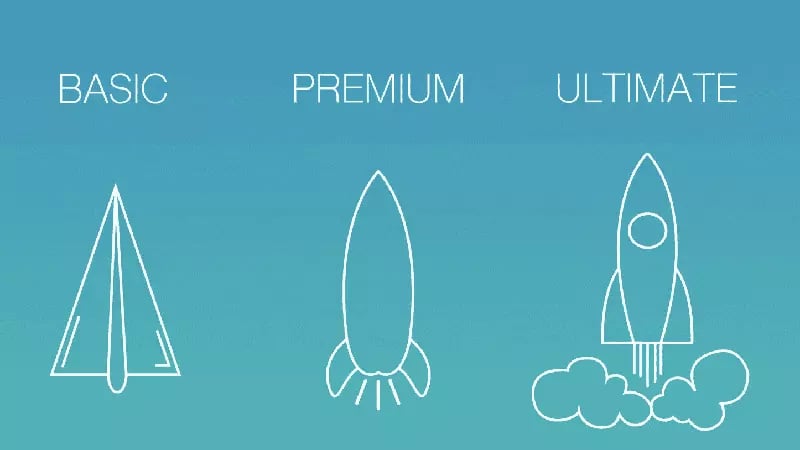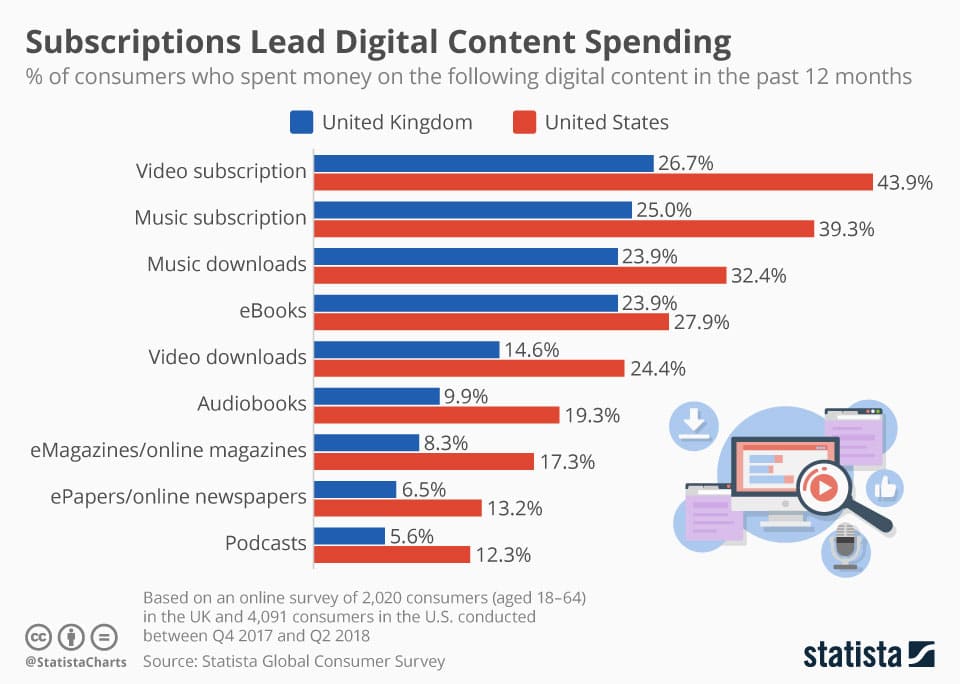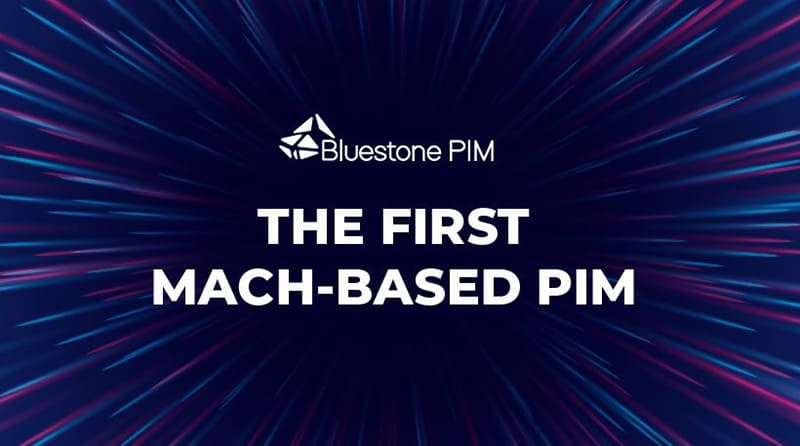Welcome to Subscription Economy

The world is moving toward a subscription economy. Most of us are already using platforms such as Netflix, Dropbox or Spotify. But did you know that thanks to subscription-based services you can also develop your business?
Common trend in the U.S. and Europe
Subscribing to video-on-demand (Netflix) or for new video games every month (PlayStation Plus) or music streaming (Spotify) is already a common thing in both the U.S. and Europe.
Recent surveys show that in some EU countries, like Netherlands, France, the U.K. and Germany, as much as 30 percent of consumers have more than 5 different subscriptions.
This is mostly medical and educational services, but also insurance, and access to some computer programs. And this shouldn’t be a surprise. Subscriptions are relatively cheap, simple, and convenient. Also, they can be cancelled at any time you want. No annual obligations, no penalty for early breach of contract.
New car on a subscription model
But subscriptions as a payment model is not just something invented to listen to some 80s’ hits on Spotify or for watching ‘Stranger Things 3’ on Netflix.
They are a crucial element when it comes down to building a flexible IT architecture based on microservices. To be honest, subscription plans have already changed many different industries: from private healthcare to getting a new iPhone. Here are just few examples:
- Many insurance companies have already started to sell their policies in a monthly contribution plan, not the usual yearly fee paid in advance.
- Apple encourages customers to join a subscription program that will allow them to get a new iPhone after a year for free. Similar programs will be soon launched by Samsung.
- A growing number of people around the world, instead of buying a new car, rent it for a monthly fee. And after two or three years, they change the ‘old’ car for a completely new one.
- Economic experts say that subscriptions could easily co-work with the way we pay today for electricity, gas, telecommunications, and much more.
Experts believe that anything that requires continuous purchases will eventually shift toward the subscription model, from private health care to computer repairs. Click To Tweet
Siebel vs Salesforce
One of the most important reasons why Oracle’s CRM system – Siebel lost the battle against Salesforce, is the fact that Salesforce is a subscription-based solution. Siebel on the other hand is a built-on premise software. And just like any other on-premise solution, Siebel usually requires a significant IT staff to keep it running and to develop new functionalities.
Salesforce decided to follow a completely different path of development and successfully promoted its CRM platform as API-based software. In practice, it means a cloud-based software designed for simple integration, easy customization and hassle-free development. After the logic behind cloud- and subscription-based services proved to be sound and is now helping Salesforce be a huge success, on premises solutions became ‘yesterday news’.
Today, the entire IT industry moves towards SaaS and microservices in order to build flexible ecosystems that can easily adopt to new era of digital business models.
Use subscriptions to increase sales
Subscriptions are something that helps online retail businesses to grow. Thanks to them, many companies can easily reduce costs with scalable solutions, while at the same time improving their cash flow through automatic payments.

Subscription-based products are usually very simple to use as no hardware and no complicated configuration is required. Using the cloud is a great example of that. All you need to do is to choose a subscription plan and you can immediately start using i.e. virtual servers offered by Amazon Web Services. Simple as that!

DOWNLOAD FREE E-BOOK
Leverage product information to turn visitors into customers
Everything you need to know about PIM before you buy it.
But the Amazon cloud is not the only subscription-based service you can use. If you’re seriously thinking about improving sales in 2018, you need to have a quality PIM solution designed to improve the customer experience.
Interested in product information management but not sure how you can get started? Contact our advisors to get the help you need and learn how a PIM solution can boost your e-commerce strategy.




